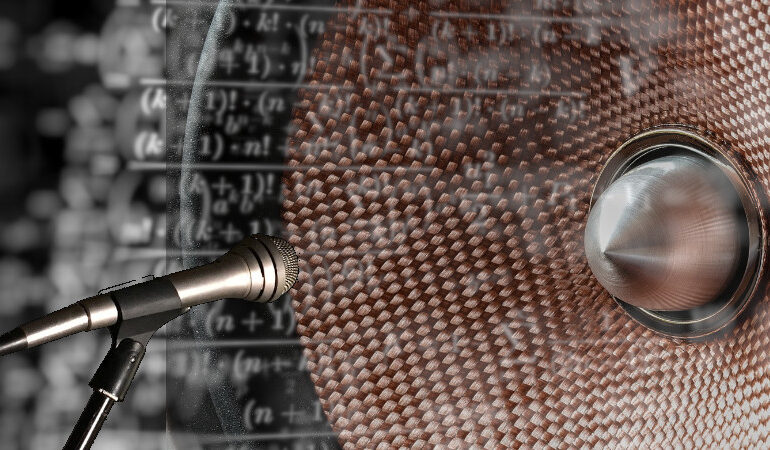Can You Look at a Speaker’s Measurements and Know How It Will Sound?
Shopping is hard. It is especially difficult when you don’t really know how to differentiate between different products. Sometimes you just want to know which is “the best” at a certain price point. Similar questions come up often when people shop for home theater speakers. They want a shortcut that will tell them how a speaker will sound. This brings us to measurements. With some speakers, you can find graphs and numbers that all presumably tell you how a speaker will sound. Does that work? Is there a way to look at a speaker’s measurements to know how it will sound? Let’s discuss!
Measurements – Looking Past the Numbers
There are lots of numbers associated with the performance of a speaker. We’ve covered some of them on this site. They all mean something and give you some idea of how the speaker will perform. As you might expect, those numbers are highly dependent on how those measurements are taken. If you look at a speaker’s measurements and assume you will know how it will sound, you will often find that you are completely wrong.

I’ll give you a real example. I did a review of a speaker many years ago. The specification sheet stated that the speaker played down to 60Hz. My in-room tests revealed that this claim wasn’t even close to correct. The speakers weren’t playing much past 100Hz (if I remember correctly). Now, in-room tests should have boosted the bass response. I contacted the manufacturer and they revealed that they had shoved the speaker into a corner to get the 60Hz response! Unethical? Probably. I, of course, revealed this in the review.
To compare the sound of different speakers, or even know that a speaker’s measurements are valid, you can’t just look at the numbers. You have to know the methodology they used to take those measurements. You might assume that everyone measures in an anechoic environment. You’d be wrong. If there is no standardization between measurement techniques or environments, then the numbers don’t really mean all that much.
Third-Party Measurements
If you are the type that seeks out independent testing of speakers and home theater gear, you might think you have better data and therefore can draw some conclusions. That may be true as long as you know all the limitations of how the measurements were taken and who took them. There are plenty of websites that use specific measurement setups, environments (outside is very popular), and such to reduce bias. These techniques work but won’t necessarily give you measurements that will tell you how a speaker will sound to you.

Let’s talk hypothetically here. Let’s pretend that you have measurements of speakers that were all taken by the same people in the same way. They used professional equipment that was calibrated to be as accurate as possible. They took the measurements in an anechoic chamber. Measurements were taken both on and off-axis to give you the best idea of how the speaker sounds. Can you now look at the graphs and numbers and make some sort of claim about which is best?
Not really. Most measurements are taken at a specific volume from a specific distance. This doesn’t tell you much about how loud a speaker can get. Most measurements don’t tell you anything about the speaker’s directivity, when and how they distort, and other things like build quality and port noise. What those measurements don’t tell you is how that speaker will sound in your room. They will, however, allow you to more accurately compare speakers. This could and will help you whittle down your potential purchases.
Hearing is Believing
The problem with measurements is that they weren’t taken in your room from your seat (you can do that if you want). What might look like a great speaker on paper (with very uniform measurements and frequency response) might sound terrible in your room (or, you know, to your ears). Your room will heavily modify how any speaker will sound.
This is why we recommend fixing your room before you start shopping for speakers. Once you’ve done everything you can to your room, you can shop for speakers with confidence. Sure, you may buy speakers that measure very well, are well respected, and have tons of positive reviews. They still might sound bad in your room. And that’s okay. Once you’ve got your room as good as it can get, it is about finding the speakers that sound best in your space. Regardless of how they measure.


